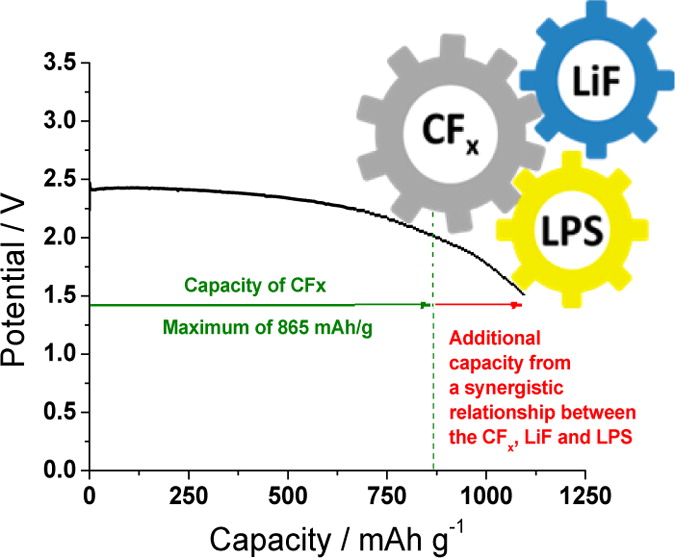Researchers at the Oak Ridge National Laboratory (ORNL) of the US Department of Energy have developed a new battery that can power medical devices such as pacemakers for 10 years. This is way beyond the earlier thought limit for battery life. The study has also shattered the long-held assumption that the cathode, anode and electrolyte have only one role in the battery. The electrolyte used in the new battery performs dual roles of an ion conductor and a cathode supplement. The study was published recently in the Journal of the American Chemical Society.

Chengdu Liang of ORNL and lead author of the research paper said that their fundamental research through new design mechanism is also opening up the possibility of extending battery life up to 30 to 50 years. The new design uses lithium carbon fluoride (CFx) that has high energy density, stability, longer shelf life and is termed safer than the batteries produced currently. Solid lithium thiosulphate used as an electrolyte in the CFx battery generated 26 per cent higher capacity than the theoretical maximum if each component of the battery acted independently. This is a result of the co-operative interactions between the cathode and the electrolyte, Liang informed.
During discharge the battery produces salt of lithium fluoride that catalyzes the electrochemical activity of the electrolyte. This relationship converts the electrolyte, which is an inactive component in a conventional battery, into an active one. Researchers assert that if the battery is engineered well and the capacity is improved we could have batteries lasting 30 to 50 years without recharge.
Chengdu Liang also informed that they have been contacted by a private company that has expressed its interest in commercializing the battery. According to him such batteries will be in the market few years from now but he wasn’t sure how it would be priced.
Researchers at the Oak Ridge National Laboratory (ORNL) of the US Department of Energy have developed a new battery that can power medical devices such as pacemakers for 10 years. This is way beyond the earlier thought limit for battery life. The study has also shattered the long-held assumption that the cathode, anode and electrolyte have only one role in the battery. The electrolyte used in the new battery performs dual roles of an ion conductor and a cathode supplement. The study was published recently in the Journal of the American Chemical Society.
Chengdu Liang of ORNL and lead author of the research paper said that their fundamental research through new design mechanism is also opening up the possibility of extending battery life up to 30 to 50 years. The new design uses lithium carbon fluoride (CFx) that has high energy density, stability, longer shelf life and is termed safer than the batteries produced currently. Solid lithium thiosulphate used as an electrolyte in the CFx battery generated 26 per cent higher capacity than the theoretical maximum if each component of the battery acted independently. This is a result of the co-operative interactions between the cathode and the electrolyte, Liang informed.
During discharge the battery produces salt of lithium fluoride that catalyzes the electrochemical activity of the electrolyte. This relationship converts the electrolyte, which is an inactive component in a conventional battery, into an active one. Researchers assert that if the battery is engineered well and the capacity is improved we could have batteries lasting 30 to 50 years without recharge.
Chengdu Liang also informed that they have been contacted by a private company that has expressed its interest in commercializing the battery. According to him such batteries will be in the market few years from now but he wasn’t sure how it would be priced.